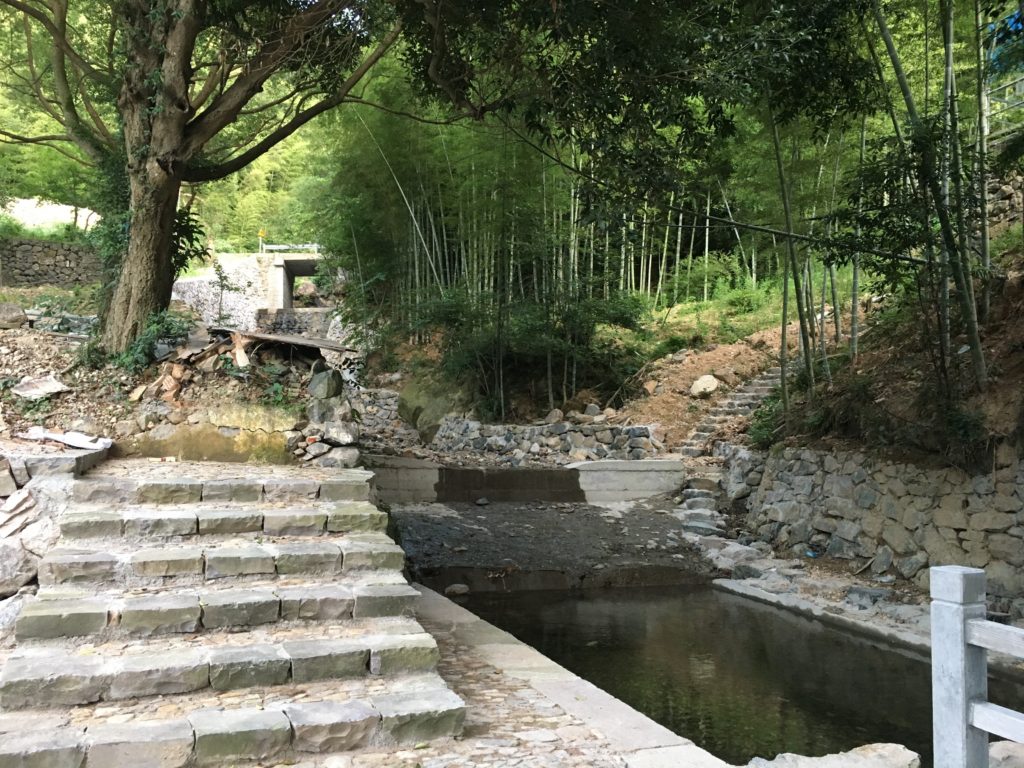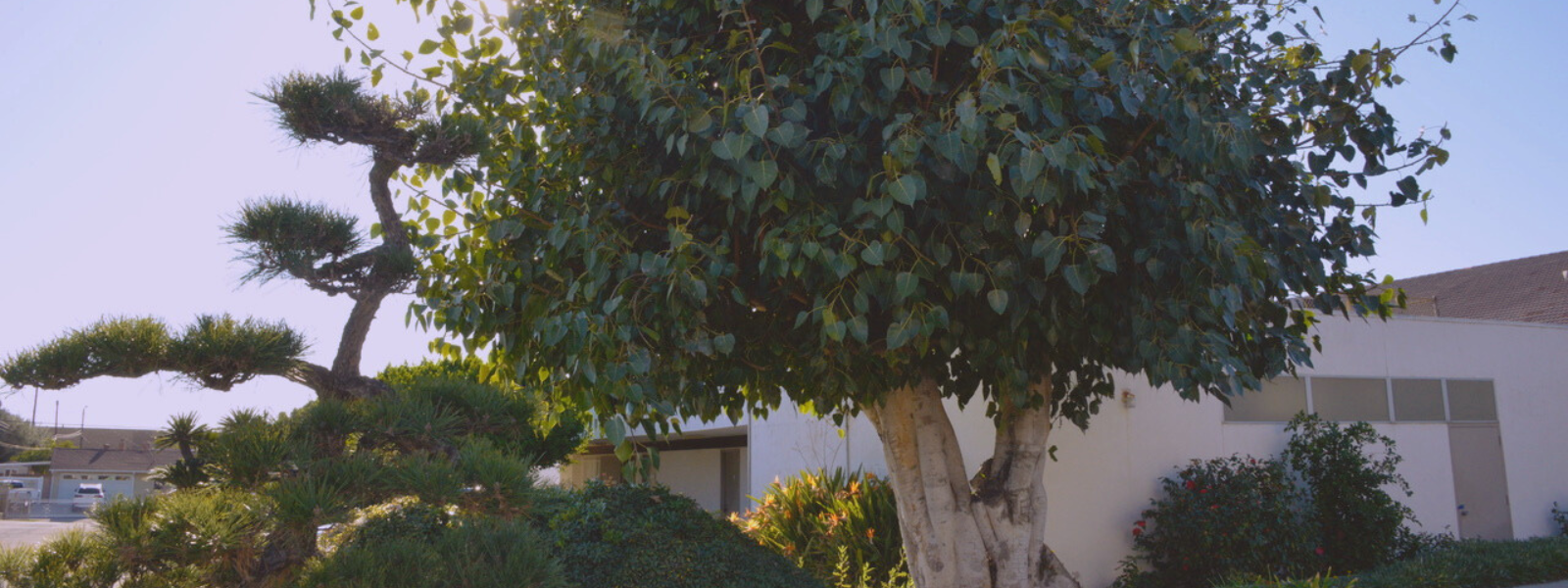Many Paths, One Life

Have you ever looked back on your life and noticed how circuitous the route has been? Rarely can people trace a straight and narrow path from youth through adulthood. If we could leave a visible trail, it would look more like a grapevine, full of twists and turns and curlicues, tangling together with other vines.
In the waning days of my senior year in high school, one of our teachers, Mrs. Clark, seemed to be passing the time by asking each of us what we planned to do after graduation. The replies were fairly uniform and typical, though varying in degree of certainty: go to university, get a job, get married, buy a house, have children. It was her response that has stayed with me, of all her teachings, for these many decades since. With her eyes widened and her eyebrows raised, she stared at us and simply said, “And…?”
And indeed, I did go to university to major in languages and literature, thinking that I’d like to become a teacher, or touch someone through writing, or bridge some kind of communication gap. But life almost never follows the script that we write for ourselves. My linear path evaporated barely after I graduated. All at once, my fiancé and I parted ways, a unique opportunity with the federal government was offered, and I moved to another city, acquiring a whole new set of acquaintances who have become lifelong friends. I was plunged into a completely different world of business and commerce, learning at university by night and on the job by day. The work took me all over the world, introducing me to people and experiences I could never have imagined, from dining with heads of state to sipping potent chicha alcohol with Ecuadorean natives celebrating our government’s aid.
Each of us has traced a personal path in different ways, often intersecting—even intertwining—with that of countless others. We come together momentarily or grip each other tenaciously, but either way, we are forever transformed.
One of my favourite sutras, the Gandavyuha, tells the story of a youth named Sudhana who goes on a quest to find enlightenment. His search takes him far afield as one person after another shares some knowledge or experience with him and then refers him to another teacher. He meets 53 of these enlightening beings, including some bodhisattvas and monks, but also labourers, a prostitute, other women, including Maya, the mother of the Buddha, and some children. As he moves forward, each encounter becomes a part of him and unbeknownst to him, empowers him.
Eventually, he arrives at an inconceivably vast building representing “the real universe, working in various ways for the maximum benefit of living beings. Therefore its size is equal to space, so that all worlds and their beings are living in it… The building was made by the great compassion of the ocean of enlightened knowledge, the great vow to help the living…”
Inside the building, he sees countless towers with beautiful adornments both natural and created, and everything is reflected in everything else, including himself. In ordinary terms, this is when the understanding of Oneness dawns on him and he is able to go out into the world with the boundless wisdom of interdependence.
All of us meet an infinite variety of teachers in our lifetimes. Not to forget all beings, we become who we are, too, through our relationship with animals and our appreciation of the food we eat and the beauty of nature that enhances our lives. Our enlightening beings may be as diverse as the homeless person who blesses us when we turn away or the tyrant who makes us reflect on how we need to treat others. And schoolteachers don’t just teach their subject matter. Any being might plant the seeds of truth that may lie dormant until awakened by the light of wisdom and the rain of compassion of great life.
However it happens, all of those beings are reflected in each of us, and our lives are reflected in that of all other beings. It makes sense, then, to be mindful of our thoughts, words, and deeds; to be grateful to all for each breath that we take; and to live in a spirit of peace and harmony because everyone benefits or nobody benefits. Namo Amida Butsu.
Gassho,
Rev. Patricia Usuki

